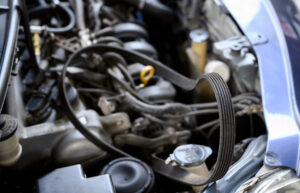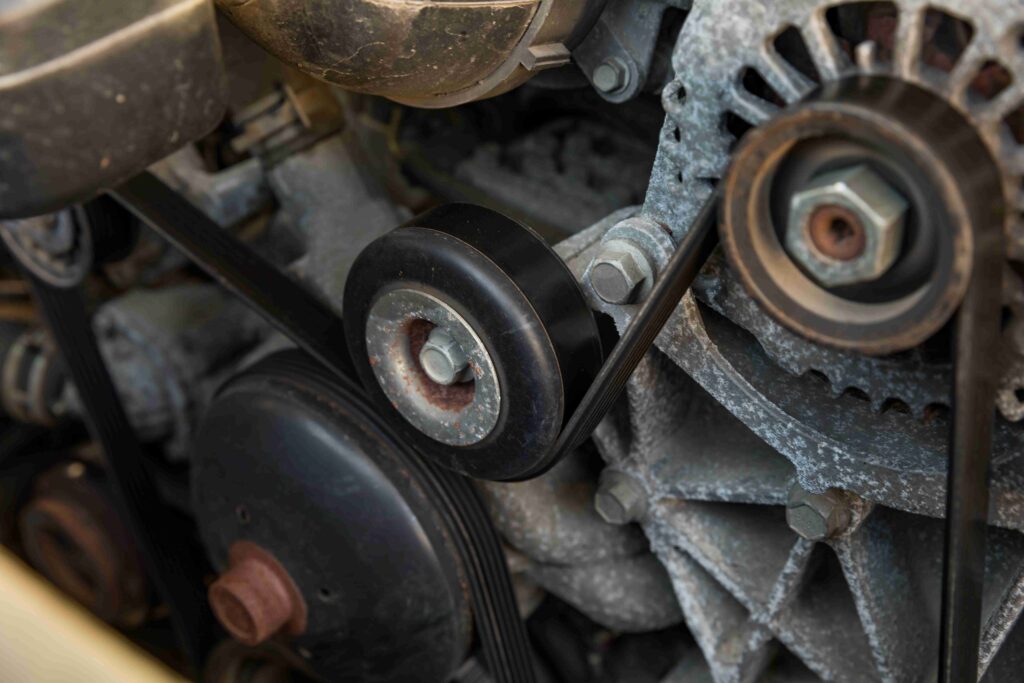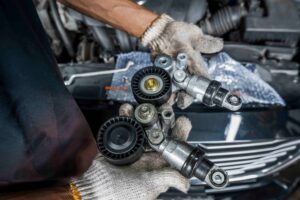How Do I Know If My Belt Tensioner Needs Replacing
Being able to know if a belt tensioner needs replacing can be extremely important. A drive belt tensioner is a critical component in your vehicle, maintaining tension on the engine belts for optimal functionality. Recognizing symptoms of a failing tensioner is essential for timely maintenance.
- Symptomatic Sounds. Firstly, the most common sign of a bad tensioner is noise from the belts or the tensioner itself. Squeaking or squealing may occur, especially during startup, indicating a loose tensioner. Additionally, a worn-out tensioner pulley or bearing can produce a grinding noise.
- Unusual Wear Patterns. Another indicator of potential issues with the drive belt tensioner is unusual belt wear. A faulty tensioner pulley can lead to accelerated wear, causing fraying along the belt’s edges and, in severe cases, complete belt breakage.
- Accessory Failures. Also, a failing tensioner can result in the failure of belt-driven accessories such as the alternator, water pump, and AC compressor. Then, seizures or looseness of the tensioner may cause the belt to snap, leading to issues like overheating, a dead electrical system, or a disabled AC system. If you suspect any issues with your drive belt tensioner, have your vehicle inspected by a professional technician for timely replacement.
How Many Miles Do Serpentine Belts Last
Most modern cars utilize a single serpentine belt to connect all engine accessories to the main drive pulley. This critical component undergoes continuous use and should be inspected regularly. The serpentine/drive belt’s lifespan depends on the material, with older-style belts lasting about 50,000 miles and EPDM belts lasting up to 100,000 miles. Regular inspections during maintenance intervals, such as oil changes, are crucial to identifying signs of aging and wear.
While serpentine belts should last a considerable time, certain indicators of aging and wear include squealing noises, cracks, nicks, cuts, tears, missing grooves, power steering failure, and an illuminated battery light while the car is running. Addressing these symptoms promptly can prevent unexpected breakdowns. Despite advancements in manufacturing technology, serpentine belts are still considered maintenance items. Exposure to environmental factors contributes to gradual wear.






